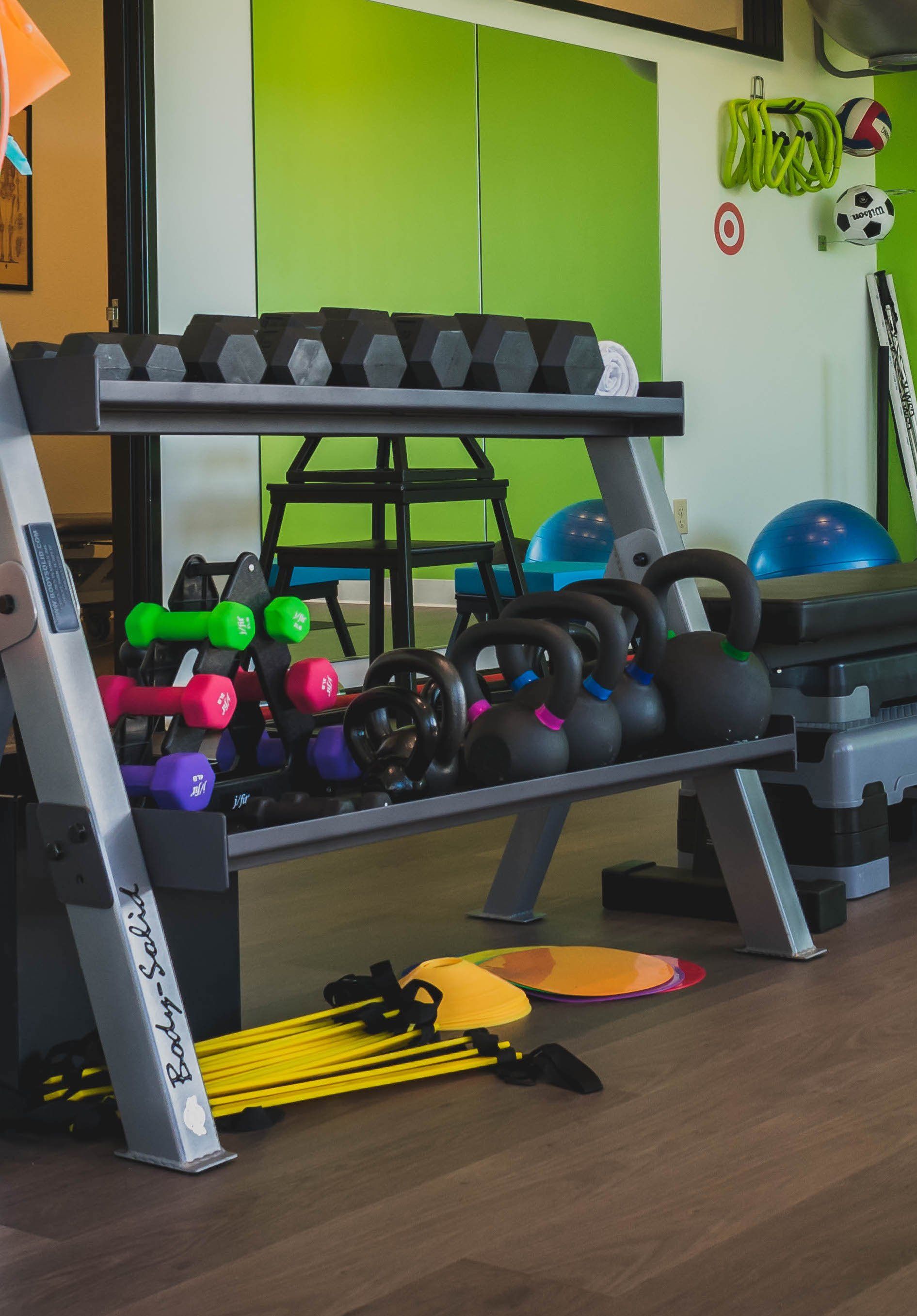What Causes Cervicogenic Headaches?
Psychological stress and fatigue, poor posture, sleeping habits, carrying heavy items such as briefcases and luggage, using a shoulder strap for a heavy purse or bag or sitting/standing at poorly designed work stations, and sitting in chairs or car seats can all trigger cervicogenic headaches.
- 47% of the global population suffers from a headache, and 15-20% of those are cervicogenic
- Females seem to be more predisposed to CGHs affecting 4 times as many women as men
- Up to 44% of CGH patients have temporomandibular joint (TMJ) issues as well
How Can Physical Therapy Alleviate Pain From Cervicogenic Headaches?
The aggravating factors listed above will affect the suboccipitals which attach from the upper cervical spine to the base of the head, the upper trapezius which attaches from the shoulder to the base of the head and the sternocleidomastoid which attaches from the collarbone to the base of the skull. One of the factors that results in cervicogenic headaches will cause one or more of these muscles to shorten and in turn “pull” at the base of the skull causing this cervicogenic headache. In addition to muscular restrictions, someone suffering from cervicogenic headaches can have dysfunctional movement patterns in their cervical spine, particularly of the upper cervical spine zygapophyseal joints. Restoring joint mechanics of the locally involved segments and other near-by restricted segments (evidence in restoring upper thoracic spine mobility with positive outcomes in cervical spine pain reduction and mobility enhancements) are the goals of the physical therapist in helping to abolish cervicogenic headaches.
A physical therapist will take a thorough subjective history, analyze static and dynamic posture and assess biomechanical components contributing to the cervicogenic headaches. They may use manual or mechanical cervical traction, superficial heat, manual therapy techniques such as cervical or thoracic spinal manipulation/mobilization, progressive and gentle relaxation stretching techniques, active exercises of shoulder, neck and pericranial muscles, cranio-cervical exercises, and postural correction.
The most significant role physical therapists can play is addressing the root cause of your headaches and work with you to improve your overall posture, your ergonomic work set up and give patient specific advice for positioning while riding in cars, carrying bags etc.
